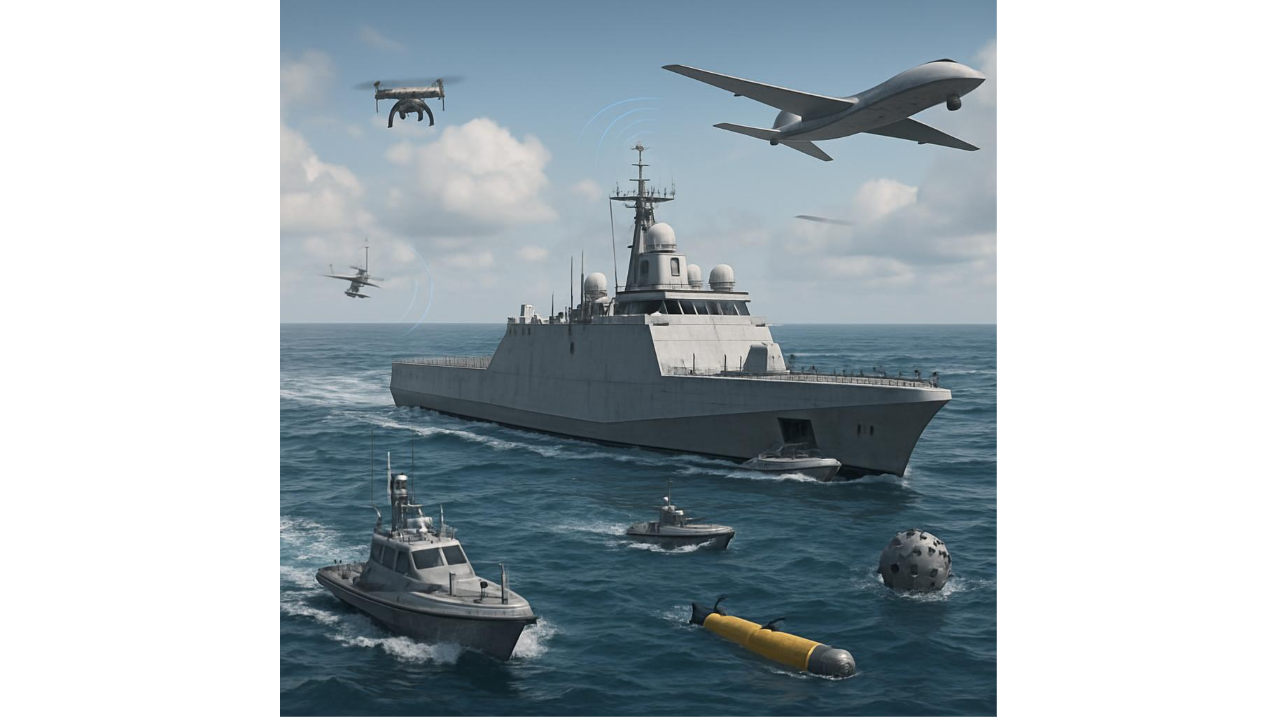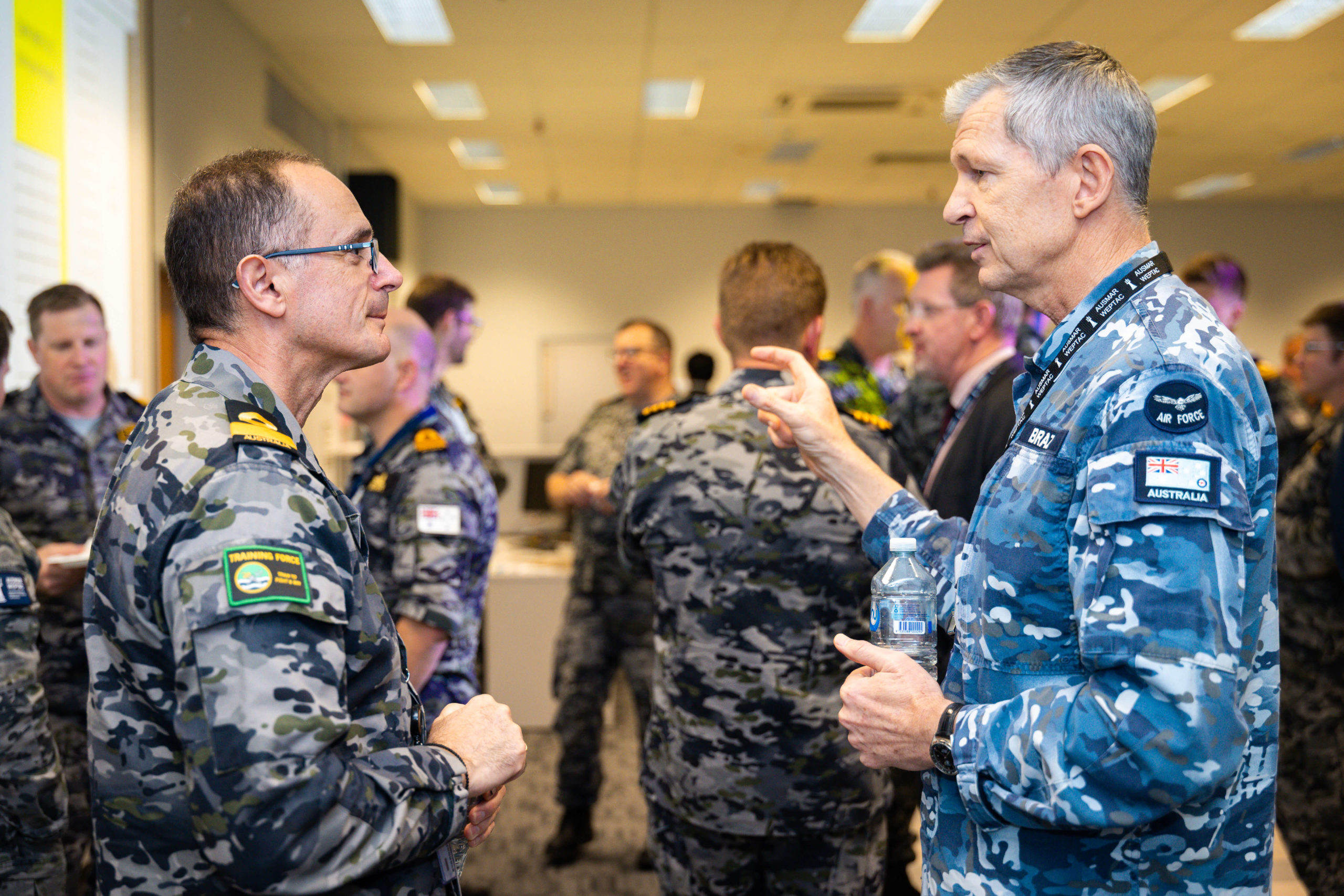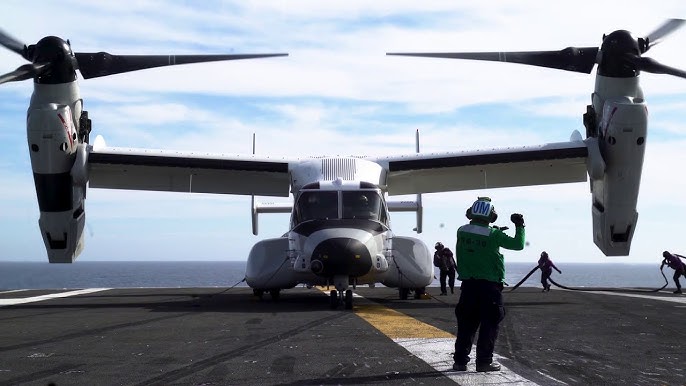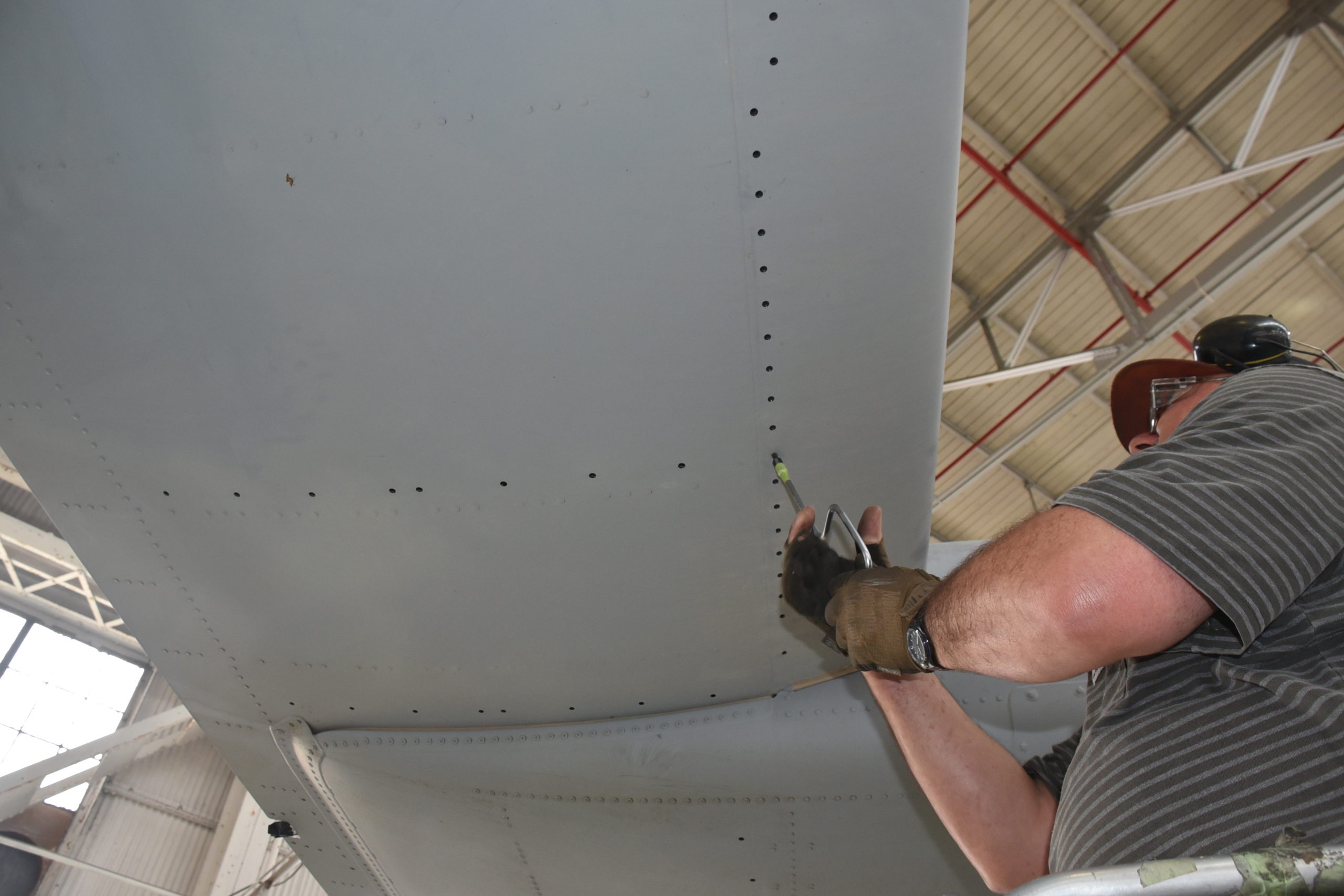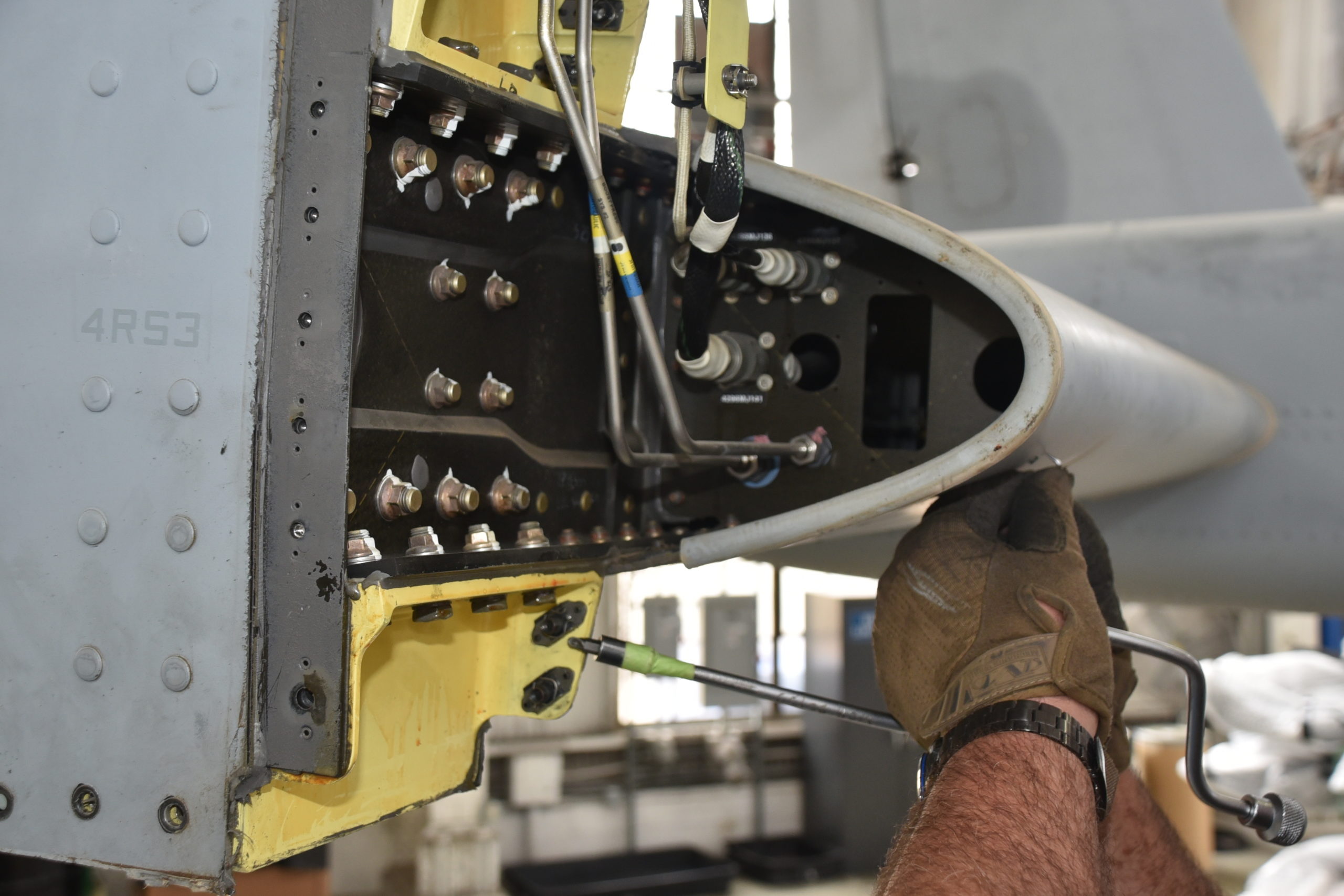President Luiz Inácio Lula da Silva’s return to power has marked a significant shift in Brazil’s international positioning, but beneath the surface of diplomatic pragmatism lies a web of contradictions that reveal the complex realities of contemporary geopolitics.
Brazil’s ambitious multi-currency bond strategy, designed to diversify away from dollar dependence, has become entangled with broader efforts to undermine Western sanctions on Russia and strengthen China’s global financial influence — creating an uncomfortable paradox for a nation that officially opposes territorial aggression.
The contradiction is stark: while Brazil publicly condemns Russia’s territorial occupation of Ukraine and positions itself as a neutral mediator, its financial and diplomatic choices increasingly align with systems that enable Russian war capabilities and expand Chinese influence.
Brazil’s pursuit of “strategic autonomy” has evolved into something more troubling — a form of active non-alignment that effectively supports the aggressor in Europe’s largest conflict since World War II.
The Financial Architecture of Contradiction
Brazil’s multi-currency bond strategy, as outlined in recent Financial Times reporting, represents far more than a simple financing diversification.
The plan to issue Brazil’s first sovereign panda bonds in China while re-entering European capital markets after a decade-long absence reflects a calculated effort to reduce dependence on dollar-dominated financial systems.
However, this strategy has become inseparable from broader dedollarization efforts that directly benefit Russia’s war economy.
The financial arithmetic appears compelling on its surface. Renminbi-denominated bonds could potentially offer borrowing costs as low as 2% for 10-year debt, compared to Brazil’s recent dollar issuances at yields of 5.68% for five-year bonds and 6.73% for 10-year debt.
Yet this apparent savings masks a deeper geopolitical calculation that extends far beyond Brazil’s immediate financing needs.
China’s eagerness to provide these favorable terms stems from its broader strategy to establish alternative financial systems that can circumvent Western sanctions.
As U.S. intelligence officials have noted, “China has helped shift the battlefield momentum in Russia’s favor in Ukraine by providing it with components and other material needed to sustain its defense industry”².
Brazil’s participation in Chinese financial markets strengthens these very systems that enable Russian military resilience.
The BRICS Infrastructure: Building Russia’s Financial Lifeline
Brazil’s commitment to BRICS extends far beyond symbolic solidarity.
The bloc has been actively developing what Russian Finance Minister Anton Siluanov describes as “various financial innovations on the BRICS floor, including the cross-border payment system that can be based, further to bilateral settlements, on national currencies with consideration of digital technologies and digital financial assets.”
This BRICS Pay system represents a direct challenge to the SWIFT financial messaging system that has been central to Western sanctions enforcement.
As recent analysis indicates, “the weaponization of the dollar by the U.S. and its Western allies has accelerated the development of BRICS-Pay. The system facilitates trade in national currencies, cutting the dollar out of the loop.”
The implications for Russia are immediate and substantial.
Major banks have established what officials call a “China Track” netting payment system that “manages trade transactions and avoids exposure to Western monitors and possible secondary sanctions.”
This infrastructure allows Russia to maintain crucial economic relationships despite comprehensive Western sanctions, with Brazil’s participation lending legitimacy and scale to these alternative systems.
Lula’s Moscow Diplomacy: Pragmatism or Enablement?
Lula’s recent visit to Moscow for Victory Day celebrations reveals the complexity of Brazil’s positioning.
During his May 2025 meetings with Vladimir Putin, Lula emphasized that “Brazil’s position is against the territorial occupation of another country” while simultaneously expressing willingness to “help with negotiations—as long as both countries involved are open to our participation.”
This carefully calibrated language reflects “active non-alignment” — a policy framework that positions Brazil as a mediator while systematically undermining the isolation that Western sanctions are designed to achieve.
However, this balancing act has real consequences for the conflict’s trajectory.
While Brazil was “the only member of the BRICS grouping to support a Feb. 23 United Nations Assembly resolution calling on Russia to pull its troops out of Ukraine,” it did so only after introducing amendments advocating for a total ceasefire — effectively creating diplomatic cover for Russian positions.
China’s Material Support: The Financial-Military Nexus
The connection between financial systems and military capabilities becomes clear when examining China’s support for Russia’s war effort.
China’s material support operates alongside financial mechanisms that Brazil helps legitimize through its participation in Chinese-led institutions.
The New Development Bank, established by BRICS nations, explicitly commits to “using local currency finance rather than solely relying on the US dollar.”
While presented as a development finance initiative, this infrastructure creates the foundation for broader sanctions circumvention.
The scale of this financial relationship is staggering.
China’s total trade with Russia reached a record $190 billion in 2022, providing crucial economic support that enables continued military operations.
Brazil’s participation in systems that facilitate this trade — through BRICS mechanisms and Chinese financial markets — makes it an indirect but significant enabler of Russian war capabilities.
The Dedollarization Strategy: Beyond Economic Policy
Brazil’s embrace of dedollarization extends far beyond traditional economic policy into the realm of geopolitical transformation.
As BRICS develops what officials describe as “an alternative to SWIFT,” the initiative represents “a cross-border payment system that would provide an alternative to SWIFT and minimize reliance on the dollar.”
The strategic implications are profound. More immediately relevant to the Ukraine conflict, these systems provide Russia with crucial financial infrastructure that reduces the effectiveness of Western sanctions.
BRICS expansion has accelerated these trends, with the bloc now including Egypt, Ethiopia, Iran, the United Arab Emirates, and as of 2025, Indonesia.
Partner countries including Algeria, Belarus, Bolivia, Cuba, Kazakhstan, Malaysia, Nigeria, Thailand, Turkey, Uganda, Vietnam, and Uzbekistan further expand the network.
This growing coalition creates what Chinese Foreign Minister Wang Yi describes as “an equal dialogue between representatives of the Global Majority and the West in the financial and economic sphere.”
The Ukrainian Perspective: Recognizing the Threat
Ukrainian officials have begun to recognize the threat posed by seemingly neutral financial initiatives.
In April 2025, President Volodymyr Zelensky “summoned the PRC ambassador in Kyiv after Chinese nationals were captured fighting in eastern Ukraine” and stated that “over 150 Chinese nationals were fighting on Russia’s side in Ukraine.”
Zelensky subsequently stated that “the PRC was supplying Russia with gunpowder and artillery.”
This direct military involvement occurs alongside financial support that Brazil’s policies inadvertently strengthen.
As Zelensky has noted, “without the Chinese market for the Russian Federation, Russia would be feeling complete economic isolation.”
Brazil’s participation in Chinese financial systems helps prevent this isolation from becoming reality.
The interconnection between financial and military support becomes clear when examining recent sanctions.
In December 2024, “the EU included sanctions against several Chinese and Hong Kong entities for supporting Russia’s military,” and in February 2025, “the EU added 25 Chinese and Hong Kong entities to a blacklist for circumventing sanctions on Russia, including a drone factory in Xinjiang.”
The Fiscal Contradiction: Domestic Crisis, International Ambition
Brazil’s pursuit of alternative financing occurs against a backdrop of deteriorating domestic fiscal metrics that complicate its international positioning.
The country’s nominal public deficit has widened to 7.8% of GDP under Lula’s administration, while gross government debt has reached 76% of GDP — among the highest in emerging markets.
Goldman Sachs’ chief Latin America economist warns that Brazil needs to “adjust the budget deficit by three percentage points of GDP to make finances sustainable,” describing the administration as constantly “thinking about new ways to spend money.”
This fiscal pressure creates incentives for Brazil to embrace any financing source that offers favorable terms, regardless of broader geopolitical implications.
The contradiction becomes apparent when considering currency hedging costs. While renminbi bonds appear cheaper, “effective rates potentially reaching nearly 14% when hedged back into Brazilian reais” would actually exceed Brazil’s current domestic borrowing costs.
This suggests that the appeal of Chinese financing stems from strategic rather than purely economic considerations.
Historical Precedents and Continuity
Brazil’s current positioning reflects deeper historical patterns that transcend partisan politics.
As some analysts note, “Moscow has long been a low-intensity all-weather friend to Brasília, offering a relationship free of the complexities and criticisms that have shaped Brazil’s ties to the West.”
This relationship has provided consistent benefits across different administrations.
“Brazilian center-right and far-right presidents have also used the Brazil-Russia relationship to their benefit,” with even Jair Bolsonaro depending on “the BRICS as a diplomatic life raft” when isolated from Western powers.
The continuity suggests structural rather than ideological drivers behind Brazil’s positioning.
The pattern extends to BRICS institutions more broadly.
During Dilma Rousseff’s presidency, “the government refused to bow to Western pressure to disinvite Russian President Vladimir Putin to a BRICS summit in Brazil after he invaded the Crimean Peninsula” in 2014.
This historical precedent established Brazil’s reluctance to allow geopolitical considerations to override BRICS solidarity.
The Multipolar Vision: Strategic Autonomy or Moral Neutrality?
Brazil’s leadership frames its approach through the lens of “benign multipolarity” and “cooperative multipolarity” — concepts that “regard the emergence of multipolarity not as a threat, but as an opportunity.”
This vision sees Russia as a legitimate pole in a multipolar system, regardless of its conduct in Ukraine. During his Moscow visit, Lula emphasized that “Brazil is advocating for the strengthening of multilateralism” and criticized those “wanting to return to protectionist theories.”
However, this multilateral approach effectively legitimizes Russian participation in global governance despite ongoing territorial aggression.
Economic Interdependence and Strategic Dependence
Brazil’s relationships with both China and Russia involve significant economic dependencies that constrain policy options. China represents Brazil’s largest trading partner, and the panda bond initiative emerged from Lula’s state visit to Beijing.
These dependencies operate within a broader framework of South-South cooperation that Brazil’s leadership sees as essential for development.
The challenge lies in distinguishing between legitimate economic partnership and enablement of territorial aggression through financial systems that circumvent international sanctions.
The European Dimension: Diplomatic Contradictions
Brazil’s simultaneous pursuit of European financial market re-entry reveals additional contradictions in its strategy. The European Union has explicitly linked “expanded bilateral trade” to offering Brazil bond market access, creating incentives for sanctions compliance that Brazil’s BRICS commitments undermine.
European officials have grown increasingly concerned about the contradictions in Brazil’s positioning. German Foreign Minister Annalena Baerbock noted that “increasing Chinese support for Russia’s war against Ukraine has an impact on our relations” and affects “core German and European security interests.” Similar concerns apply to Brazil’s indirect support through Chinese financial systems.
However, Brazil’s broader geopolitical positioning may prove more problematic than its fiscal metrics for European investors increasingly concerned about exposure to sanctions circumvention.
Brazil’s participation in Chinese-led financial systems places it within a broader pattern of indirect support for Russian war capabilities.
Policy Implications and Future Trajectories
While Brazil may not directly supply military equipment, its financial choices strengthen the very systems that enable Chinese support for Russian military production.
Brazil’s leaders may genuinely believe they are pursuing legitimate economic interests while maintaining diplomatic neutrality.
However, the cumulative effect of their choices — participating in Chinese financial systems, legitimizing Russian international participation, and developing sanctions-circumventing payment mechanisms — creates material support for ongoing territorial aggression.
The challenge for international policymakers lies in recognizing how seemingly neutral economic choices can become entangled with security threats.
Brazil’s multi-currency bond strategy may appear to be straightforward financial diversification, but its broader context reveals how economic policy has become inseparable from geopolitical positioning in an era of major power competition.
Featured image generated by an AI program.


